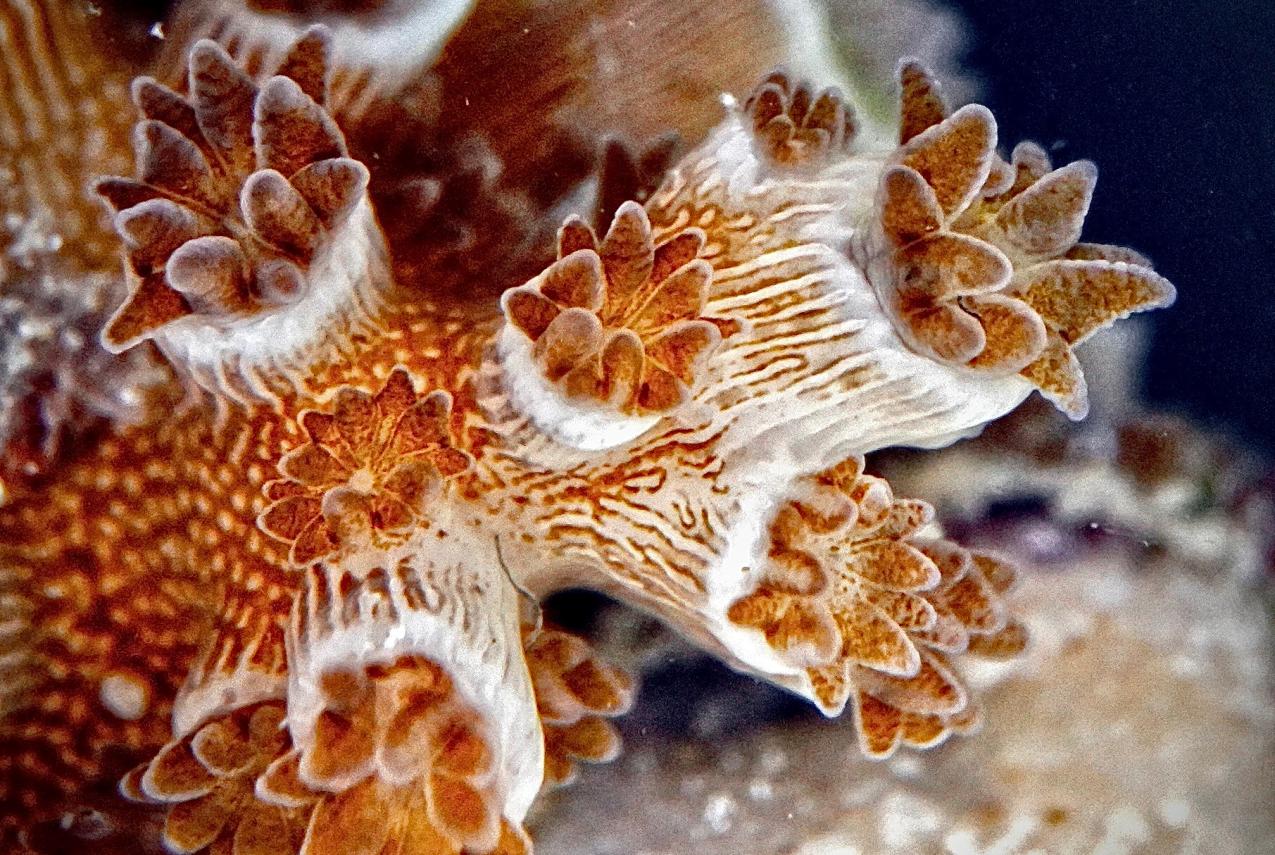At the heart of their survival are the tiny “hidden heroes” we know as Symbiodiniaceae. Sharing a symbiotic relationship with the coral that houses them, these microscopic single-celled organisms provide vital energy to their hosts through photosynthesis. Without them, coral reefs as we know them would simply not exist.
The Western Australian Museum’s aquatic zoology team is excited to be leading a new international research project to uncover these hidden partnerships. With support from an Australian Biological Resources Study National Taxonomy Grant Research Programme (ABRS-NTGRP) grant, the Museum will explore and classify diverse symbiont species in Western Australian waters.
To gain deeper insights, data from eastern Australian corals will be compared with specimens gathered from unexplored regions along the Western Australian coast. This includes marginal and subtropical areas like those found in the Kimberley, which stand out for their resilience to the global threat of coral bleaching.
Leading the project is WA Museum Head of Aquatic Zoology, Dr. Lisa Kirkendale in collaboration with marine symbiosis expert Dr. Eugenia Sampayo and Marine Invertebrate Zoology Curator and Associate Professor at Curtin University, Dr. Zoe Richards. With an international team from Australia, the United States, and Germany, including Professor Todd LaJeunesse and Professor Christian Voolstra, this collaboration brings together some of the best minds in marine science to unravel the mysteries of coral-symbiont relationships.
The Museum’s extensive collection of preserved marine specimens, including hard and soft corals, anemones and molluscs, will provide a strong foundation to allow for this three-year research project to hit the ground running. The project aims to build a genetic “key” to better identify Symbiodiniaceae species, unlocking insights into their diversity and the roles they play across different marine hosts. By mapping species and connections across different habitats, the research will provide a clearer picture of the tiny organisms helping reefs thrive.
An equally important aspect of this project is training the next generation of marine biologists, offering hands-on experience to eight early-career researchers from around the world. As these researchers work on uncovering coral-symbiont connections, they will also gain invaluable skills and contribute to a global understanding of marine diversity and resilience.
By deepening our understanding of these “hidden heroes”, the Museum’s work will help to protect our coral reefs, oceans and marine life for generations to come.
